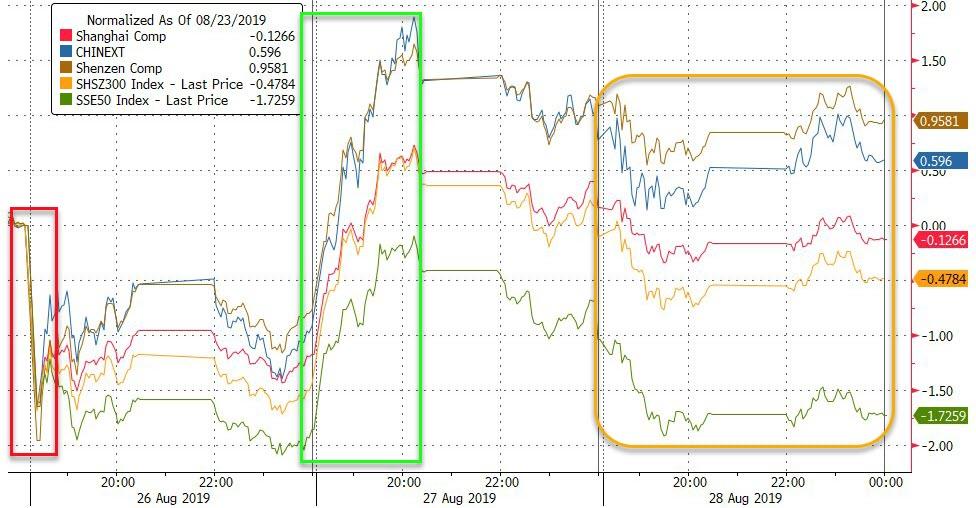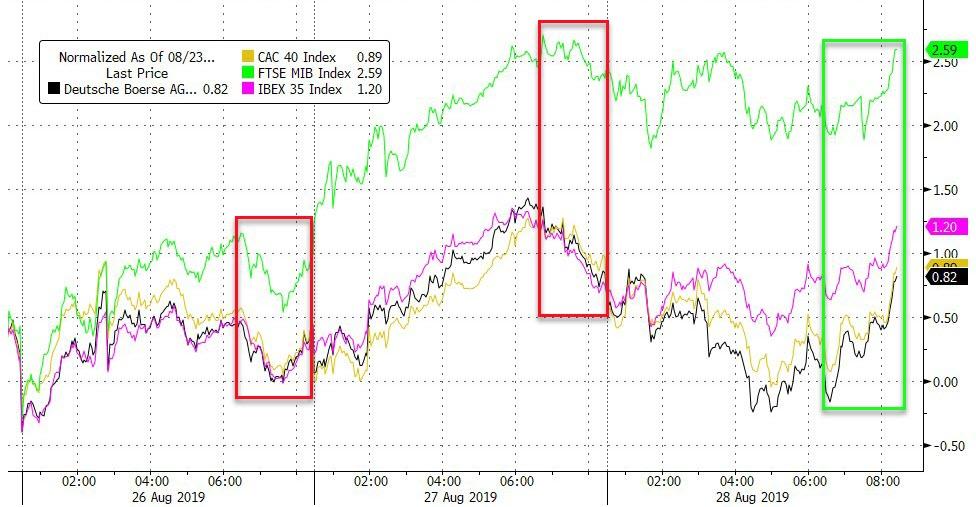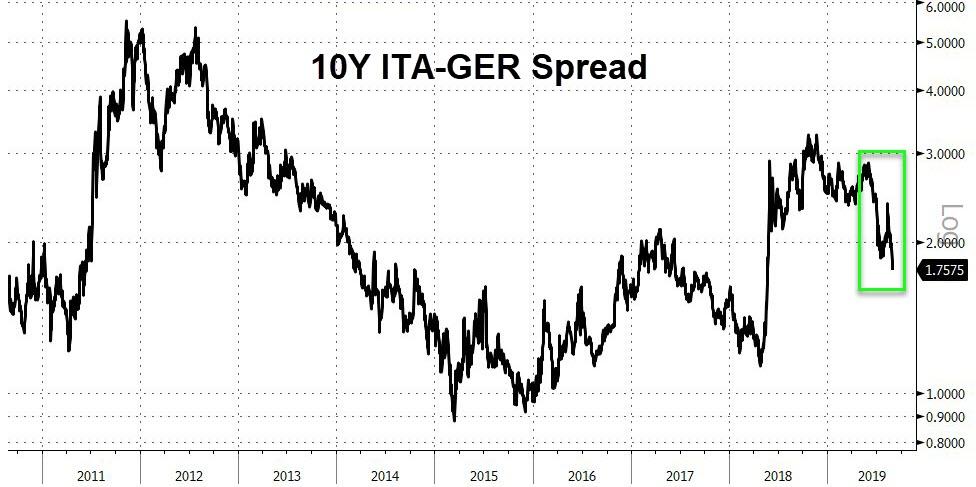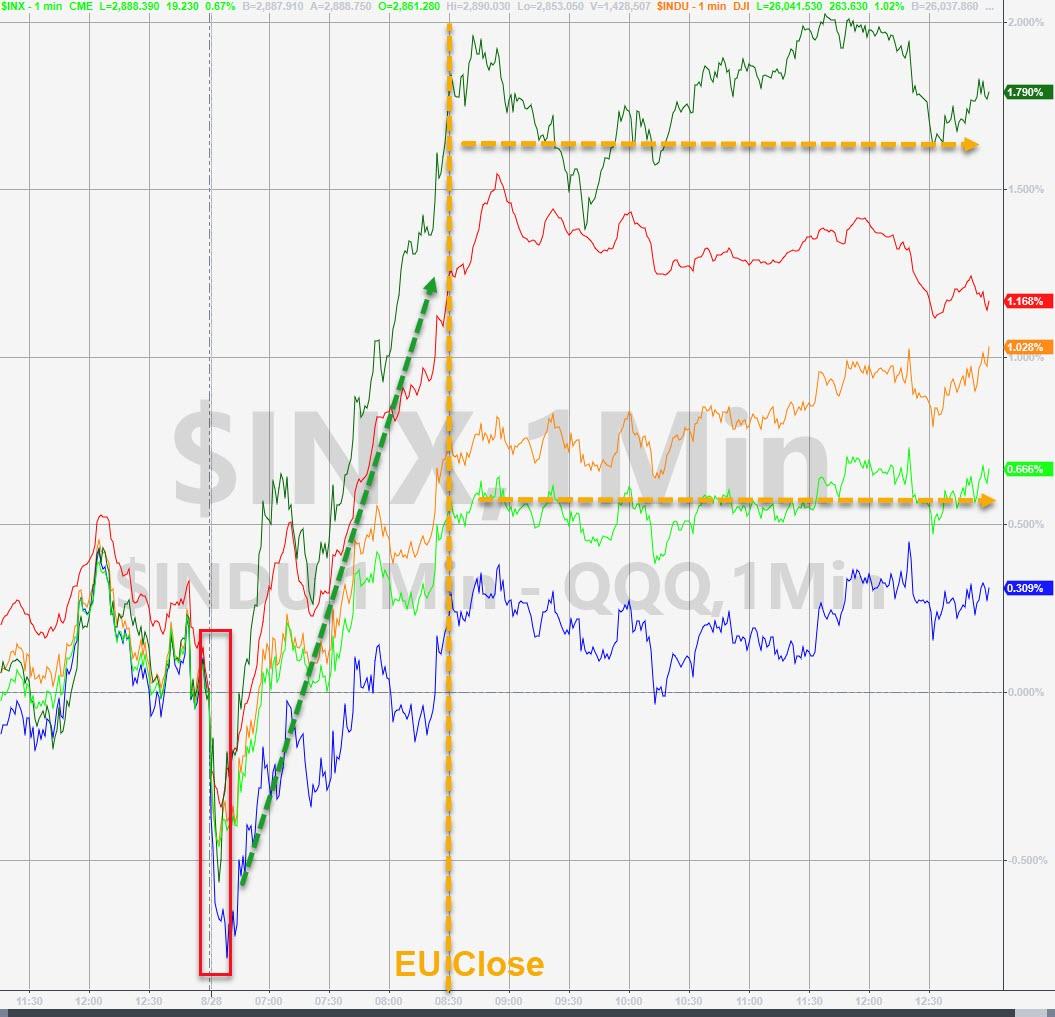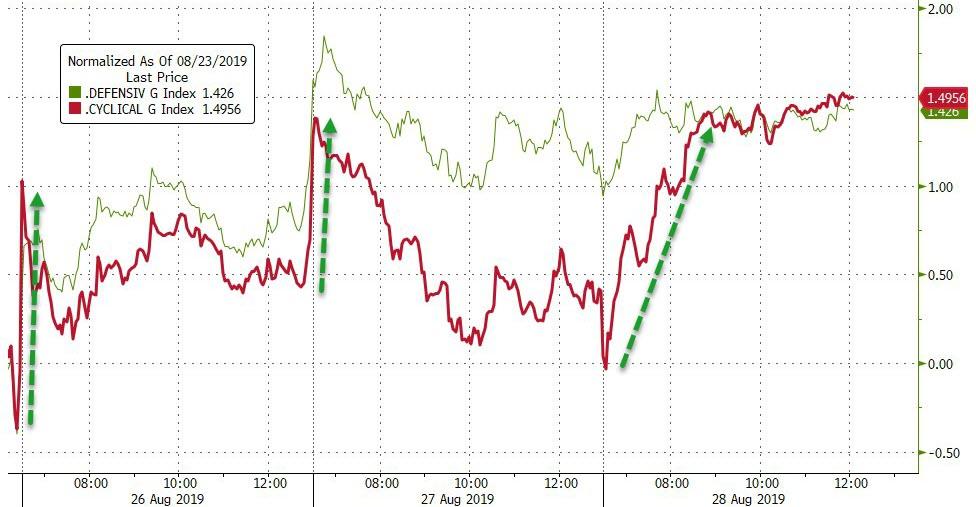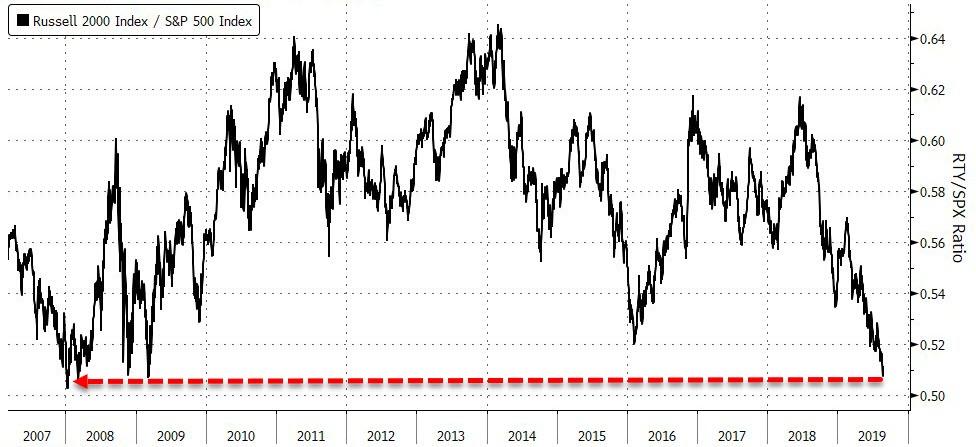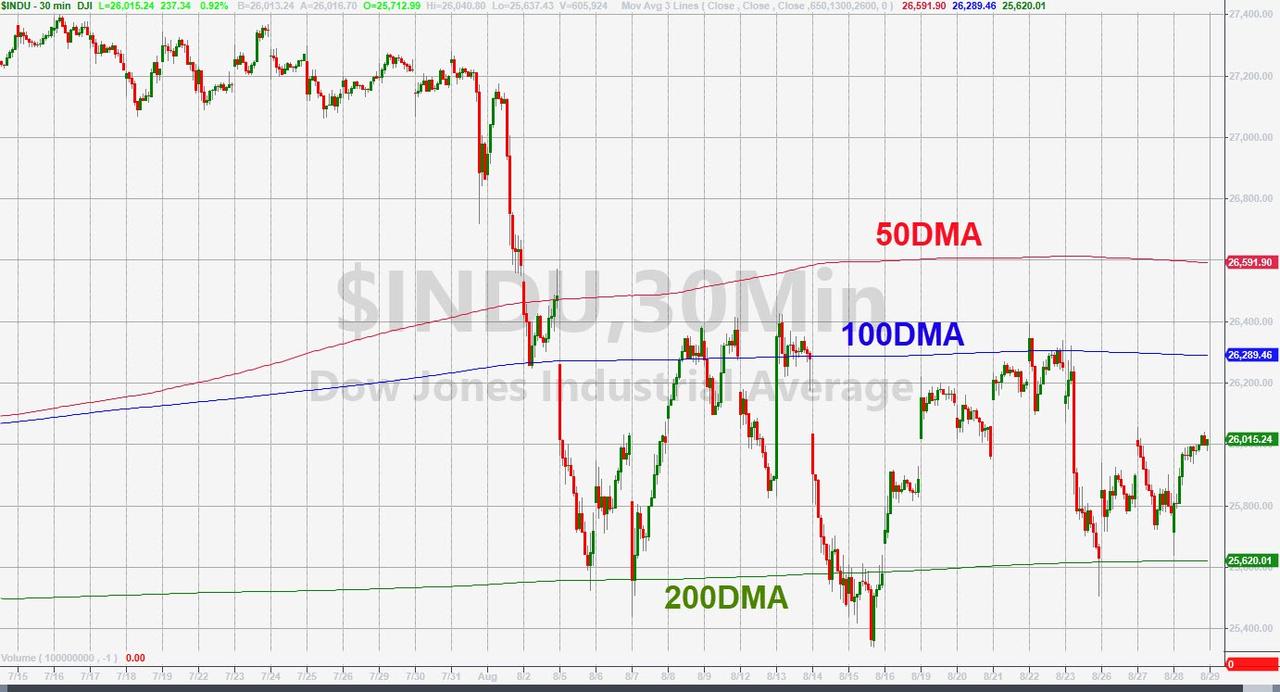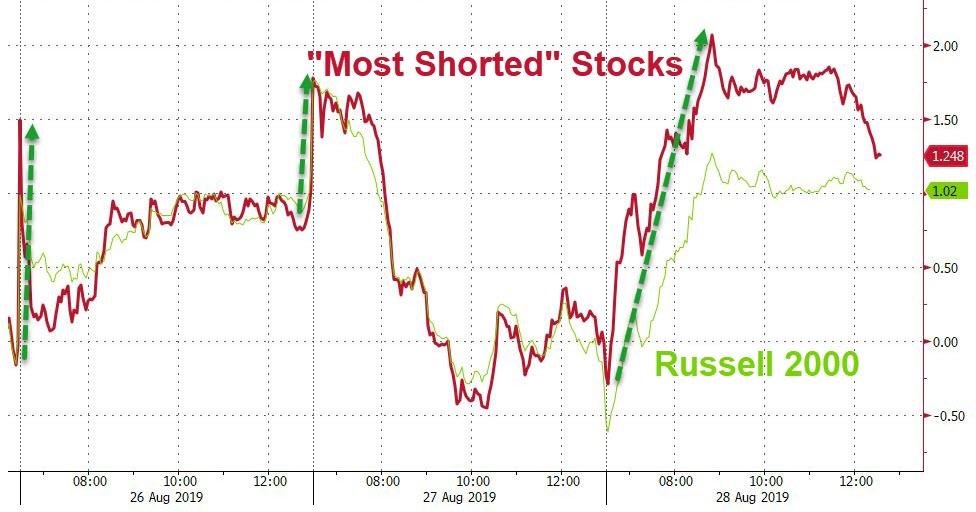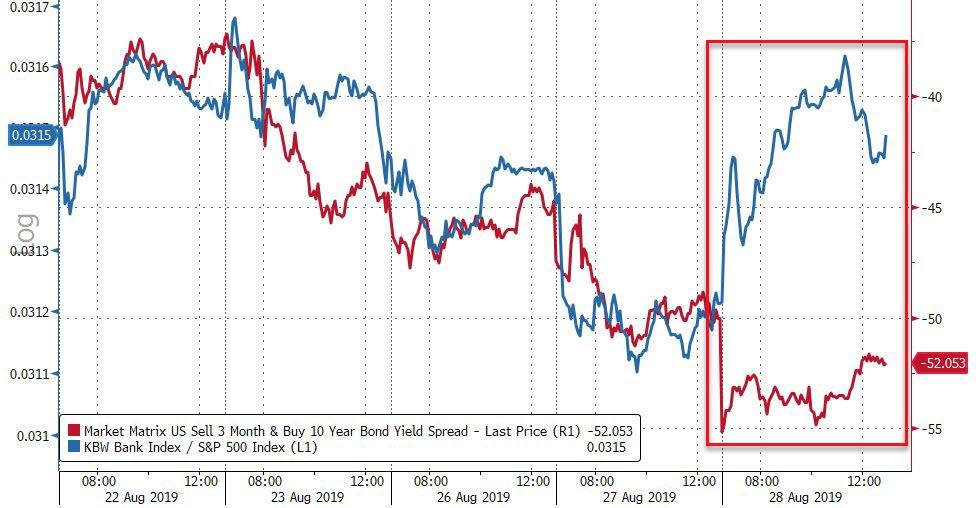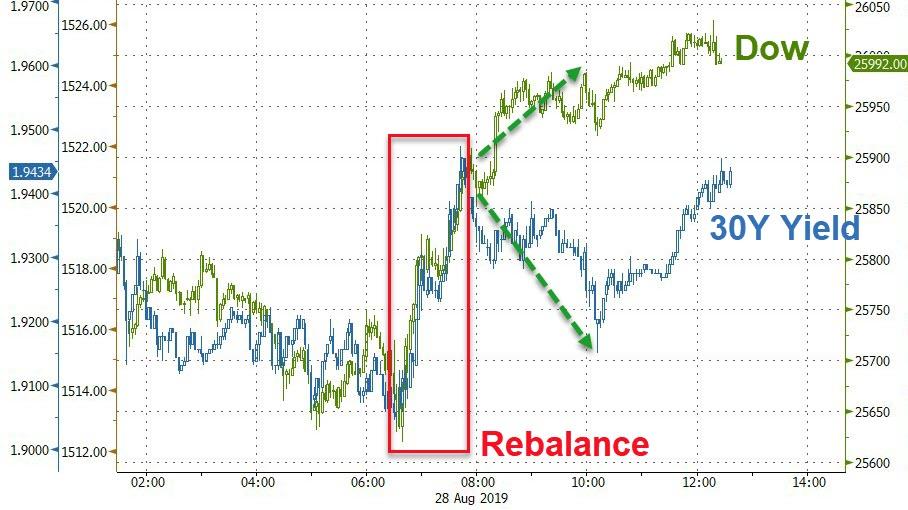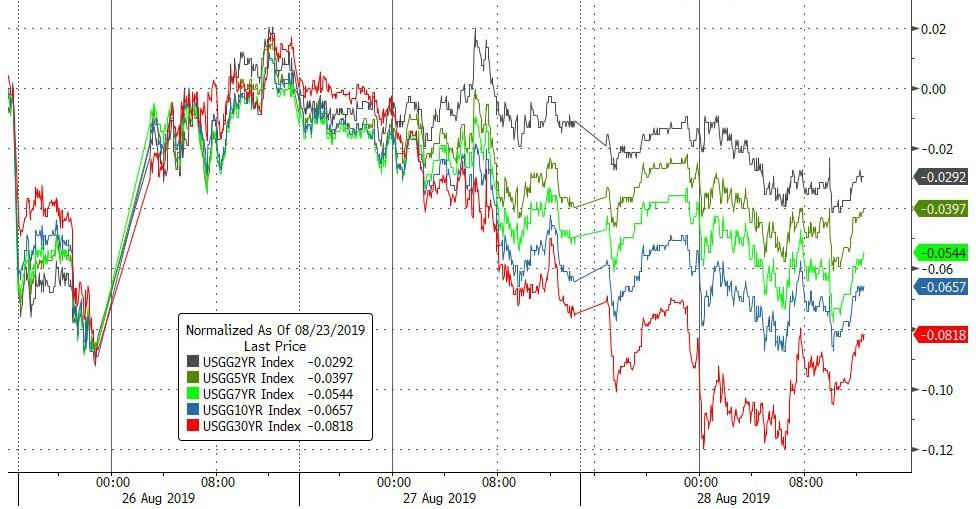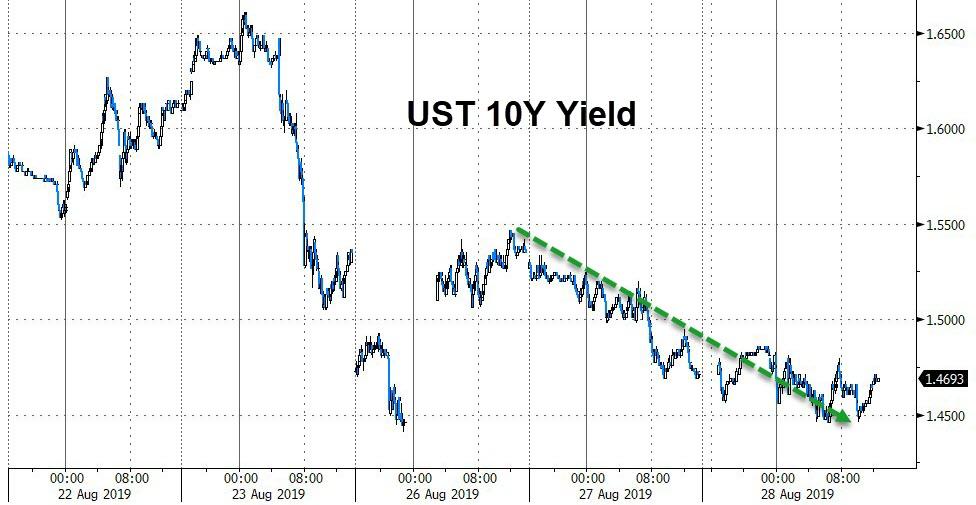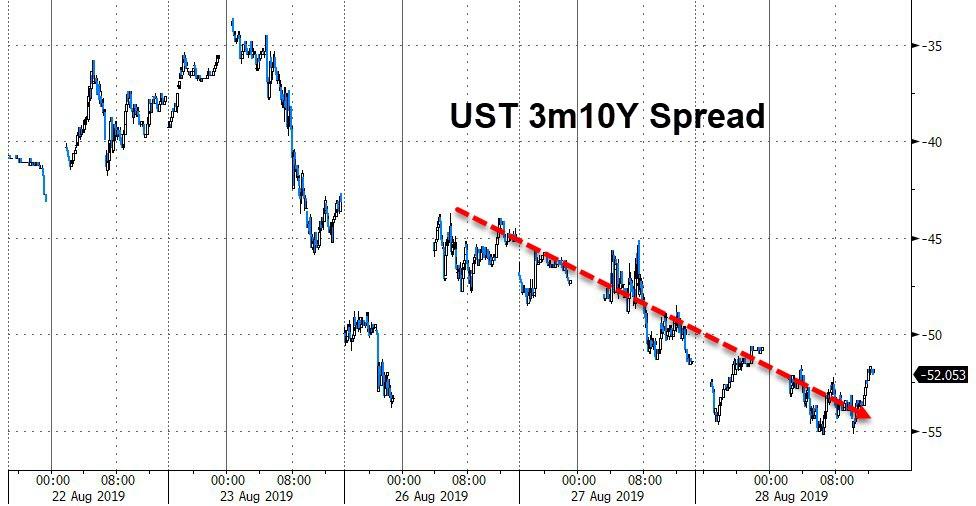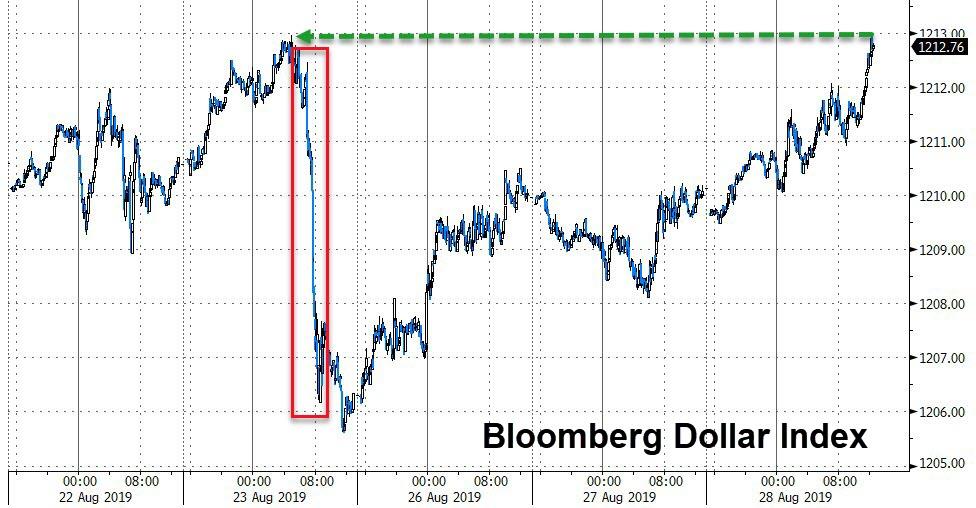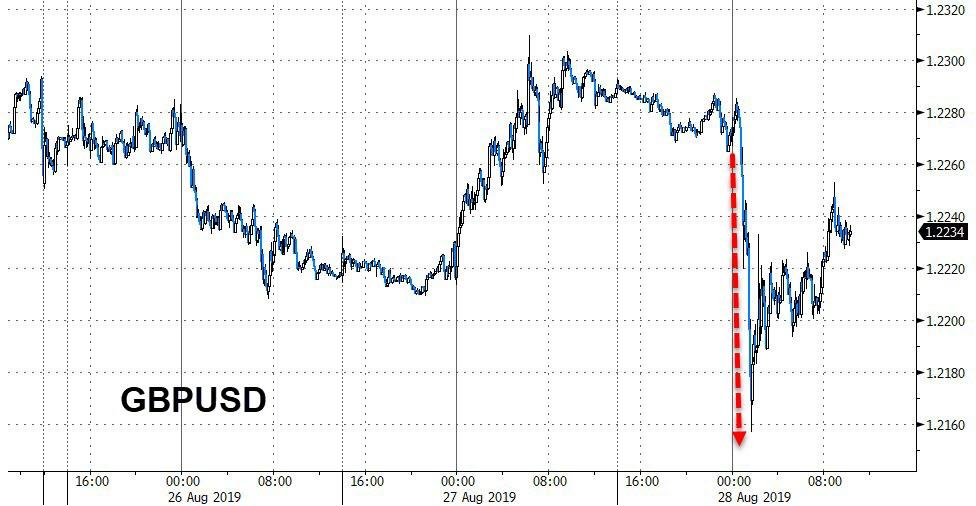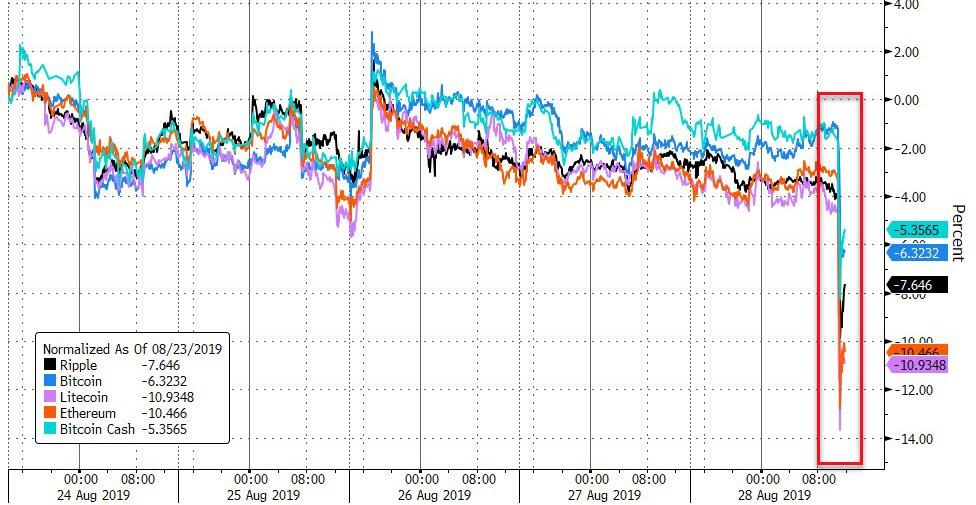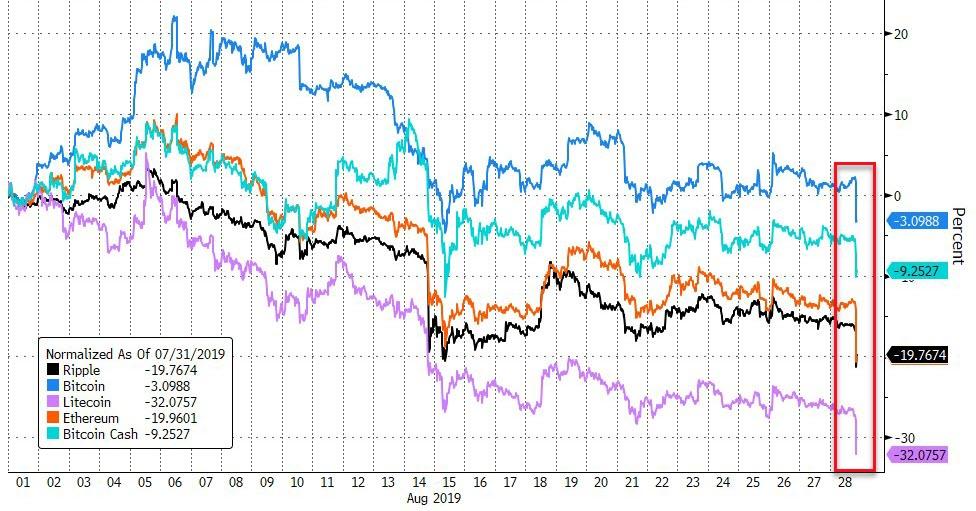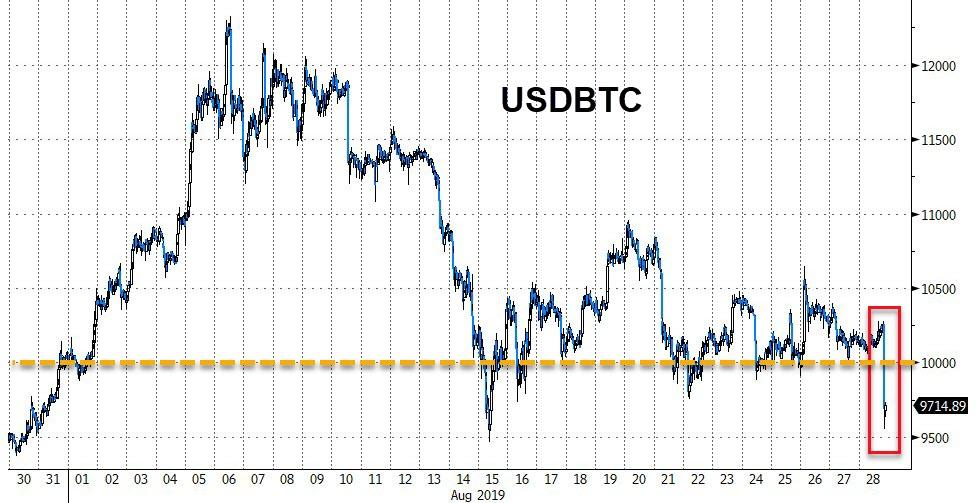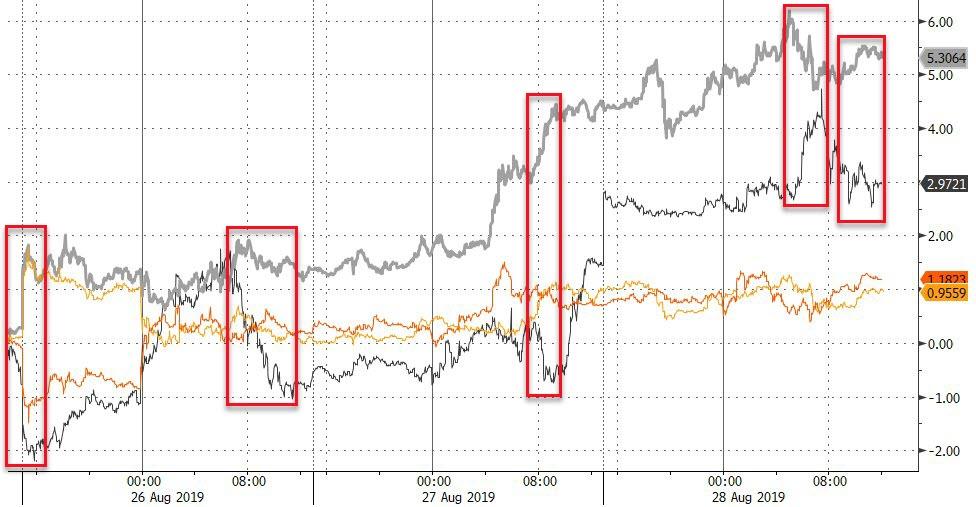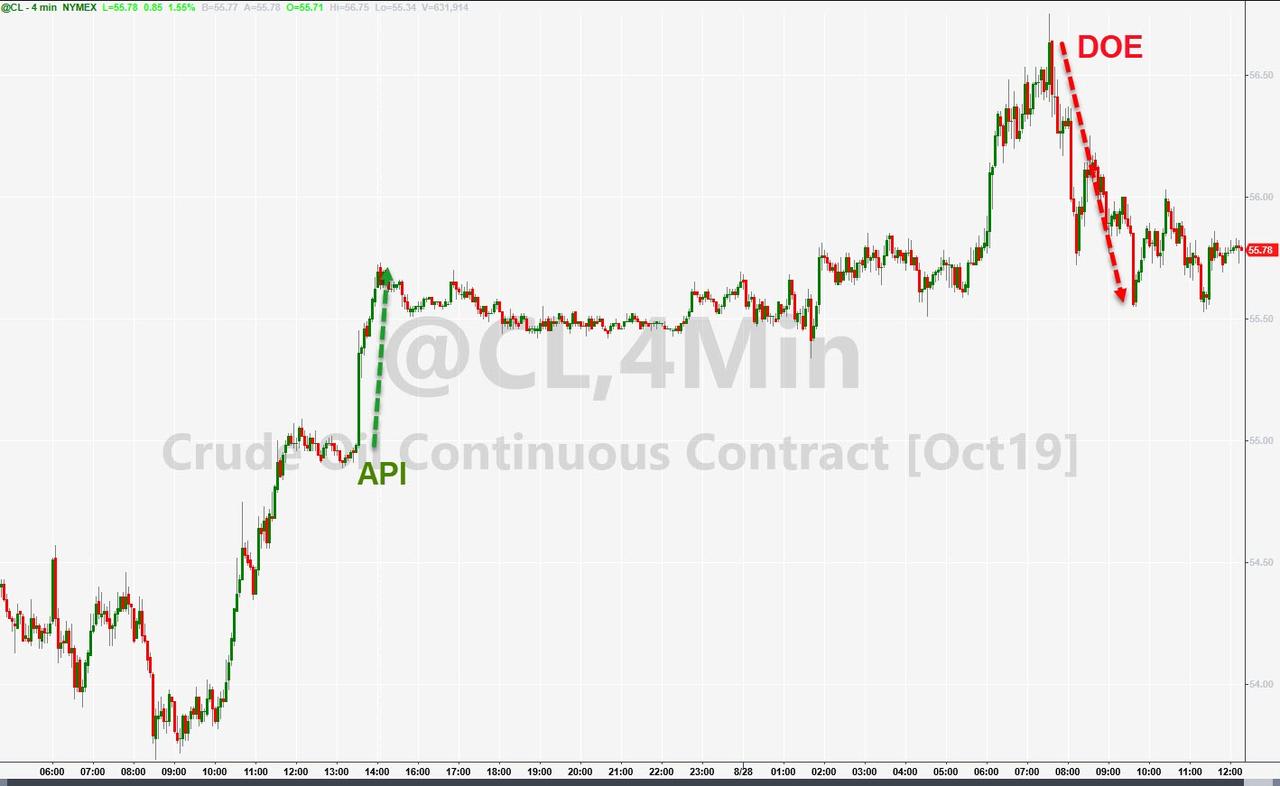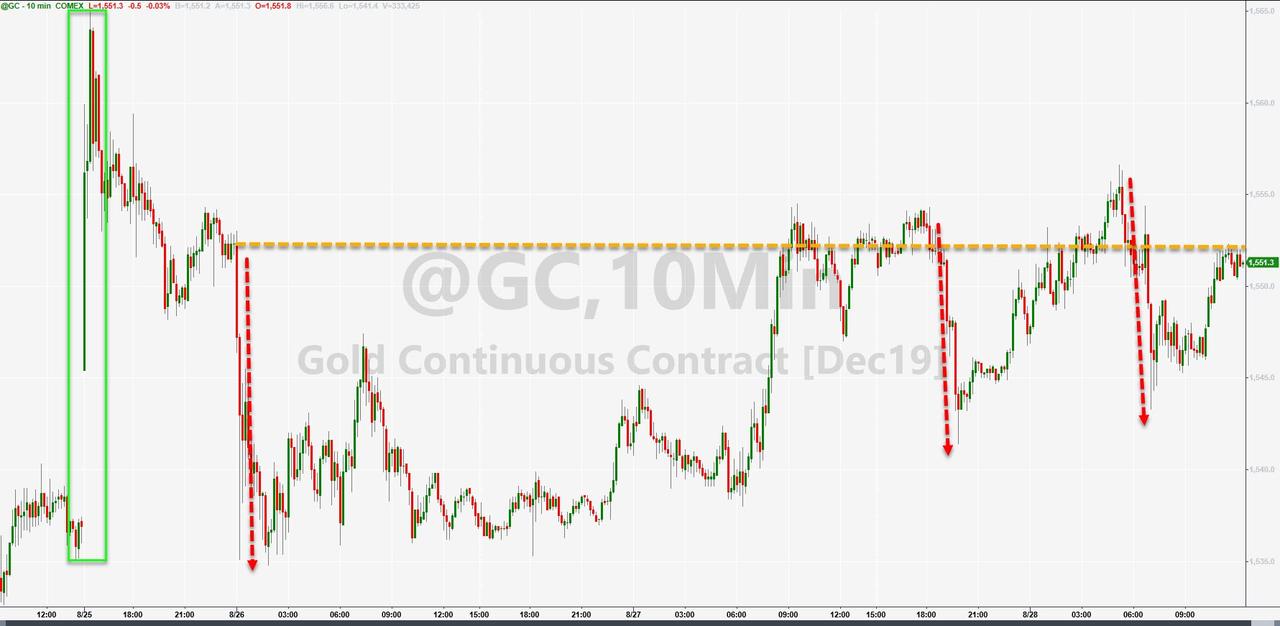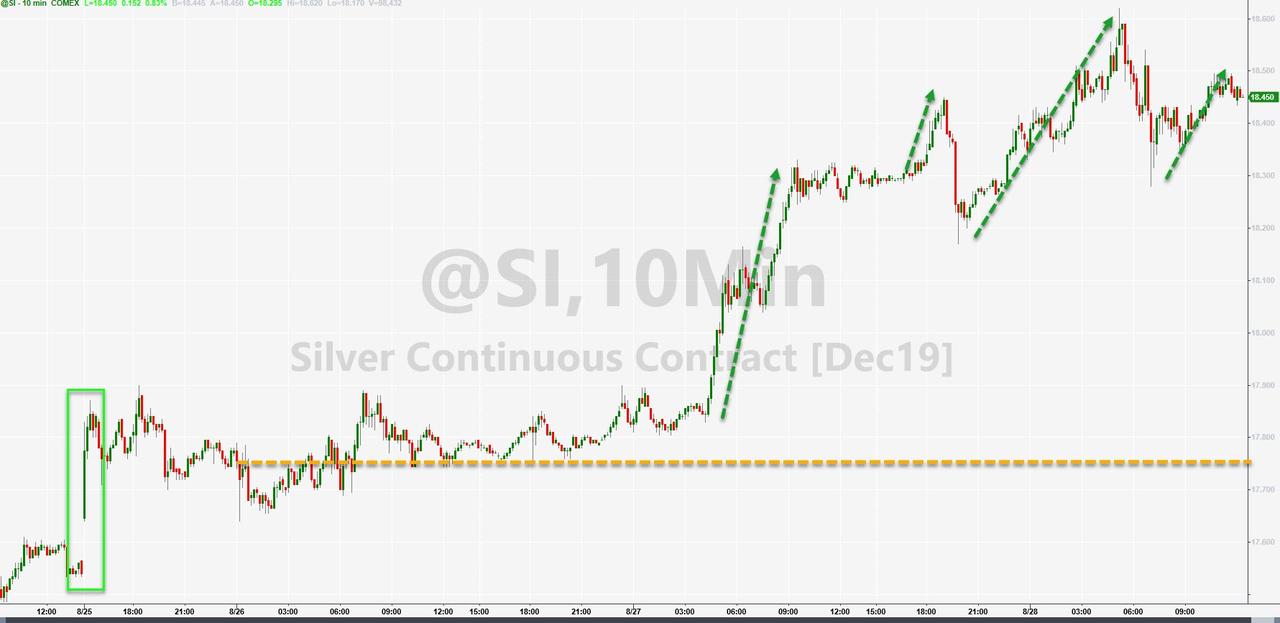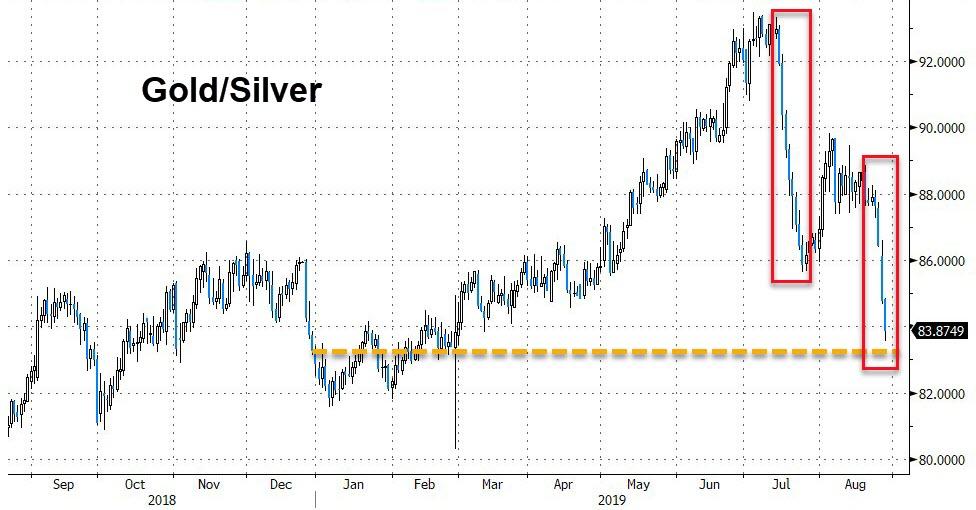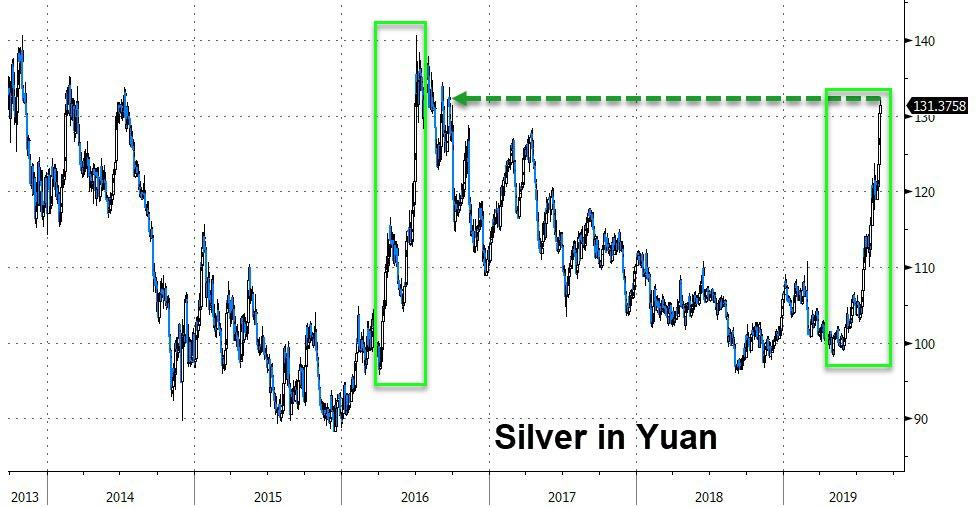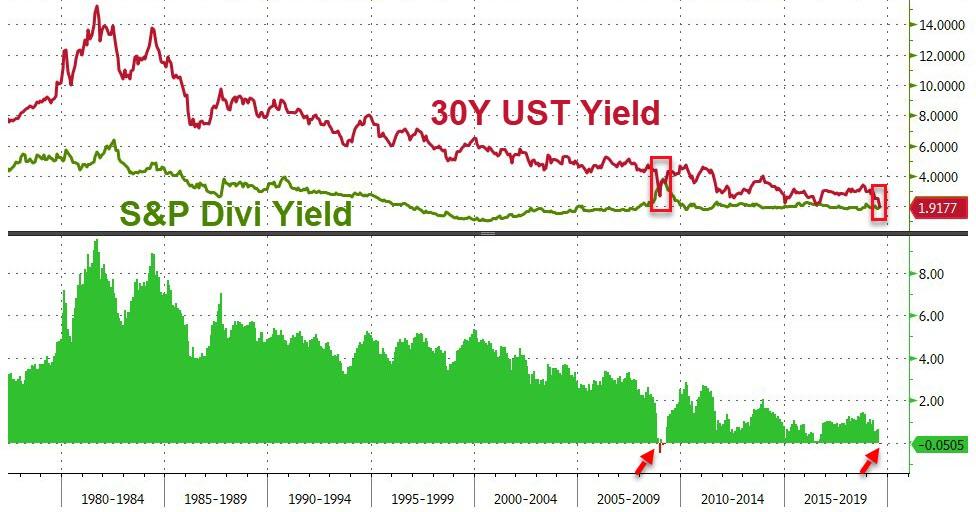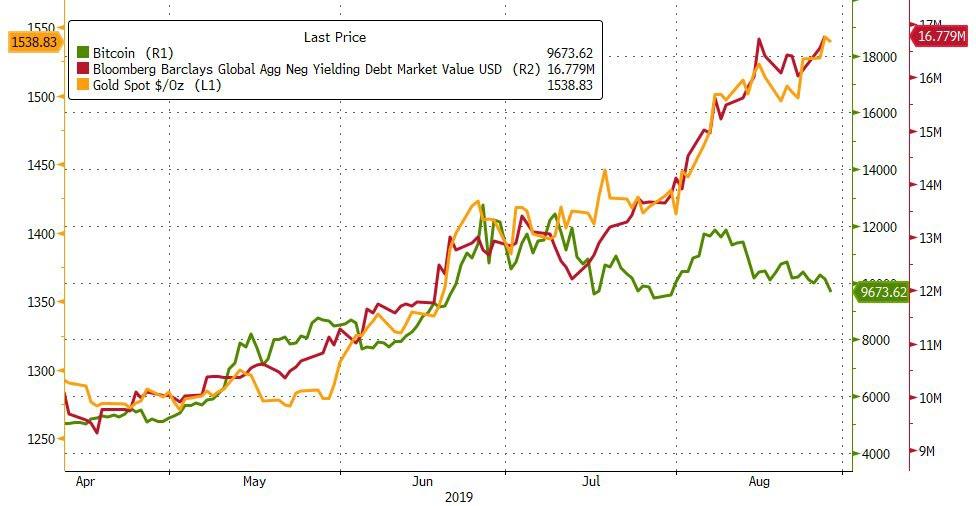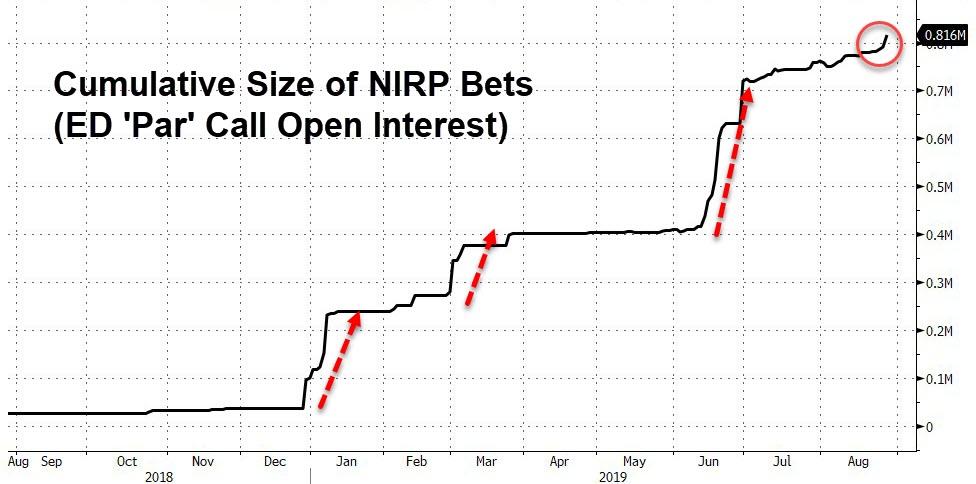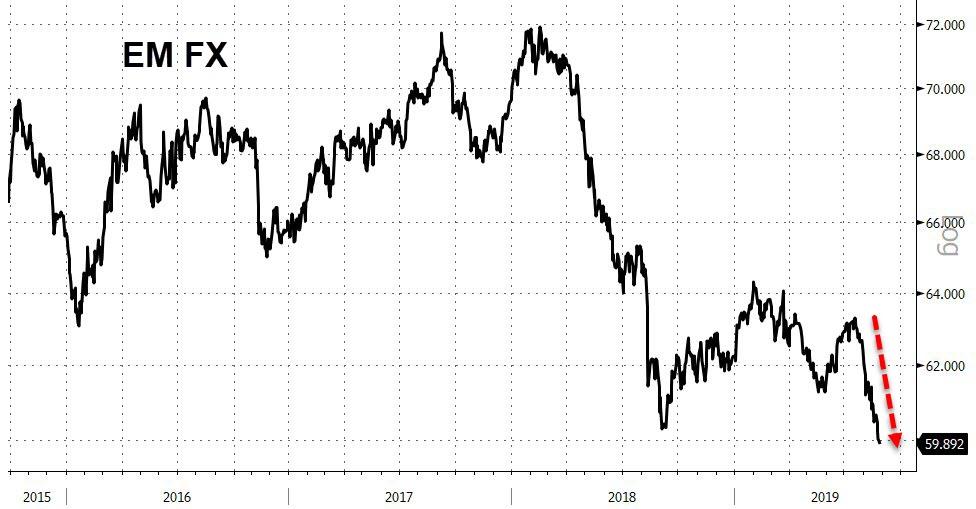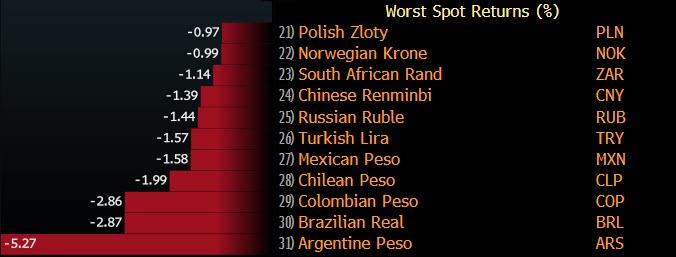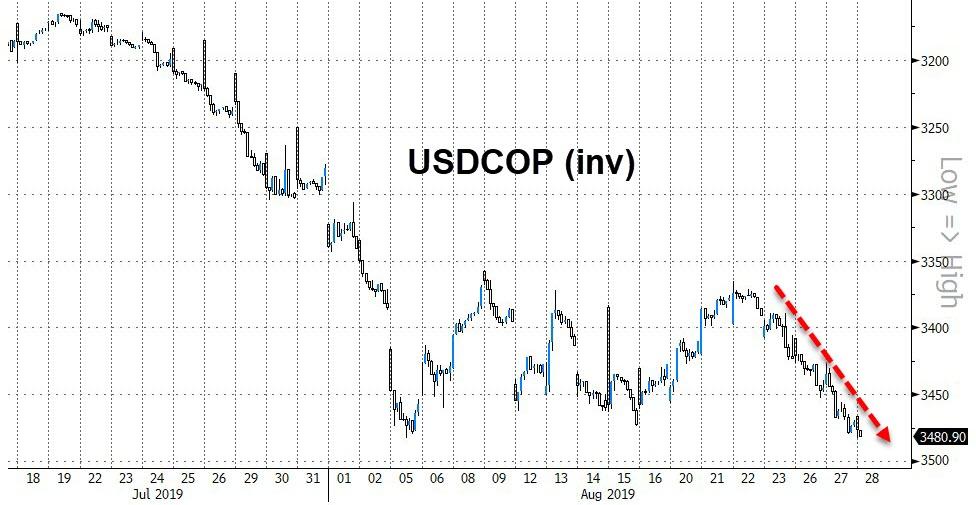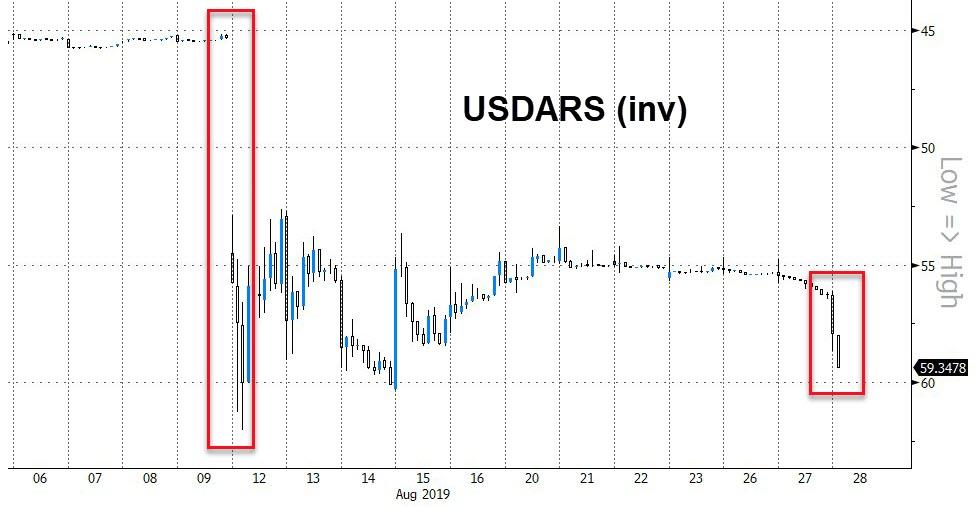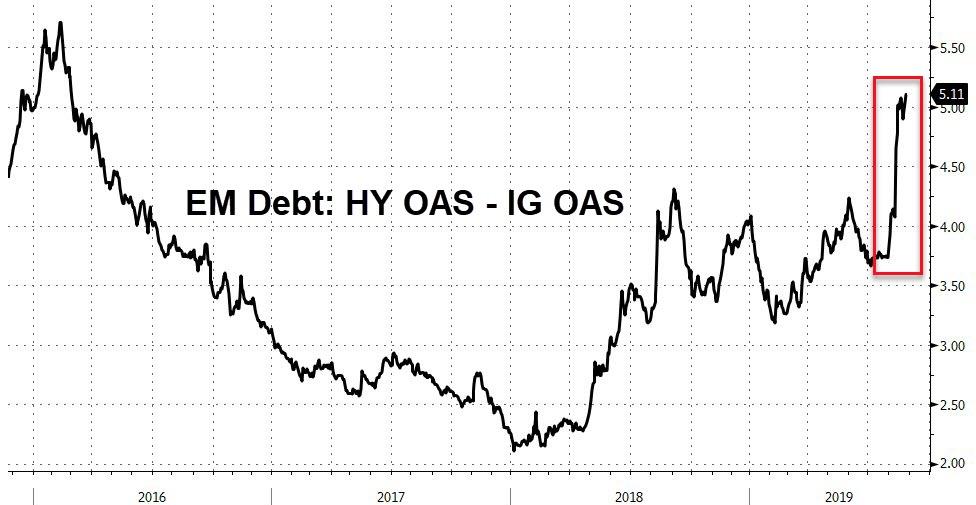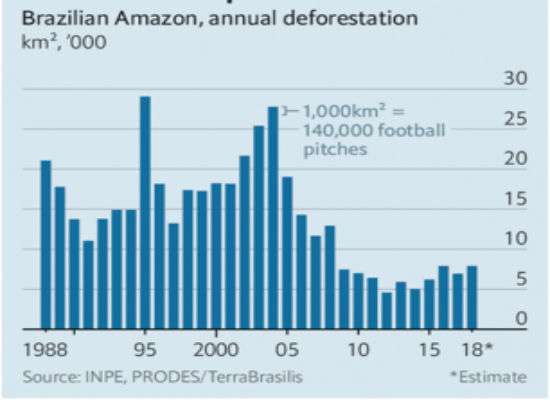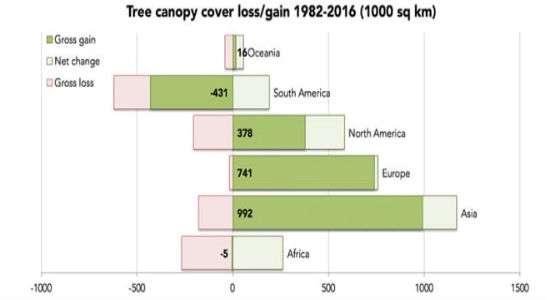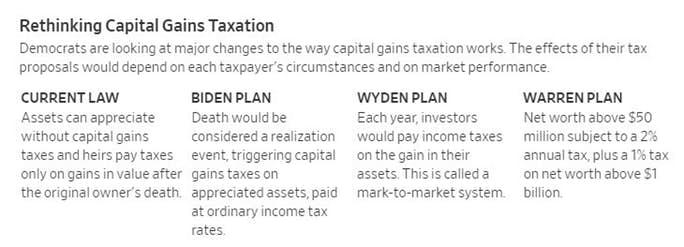Just minutes after headlines hit last night that Deutsche Bank confirmed it had tax returns that had been subpoena’d by US lawmakers probing the finances of President Trump and his family, MSNBC’s Larry McDonald immediately tweeted:
“A source close to Deutsche Bank says Trump’s tax returns show he pays very little income tax and, more importantly, that his loans have Russian co-signers.
If true, that explains every kind word Trump has ever said about Russia and Putin.”
This ‘triggered’ everyone on the left as the MSNBC anchor appeared to have the ‘smoking gun’ that so many leftists had hoped for after Mueller’s total failure.
Additionally, on his Tuesday night show, O’Donnell told colleague Rachel Maddow that a “single source close to Deutsche Bank has told me that the Trump – Donald Trump’s loan documents there show that he has co-signers. That’s how he was able to obtain those loans. And that the co-signers are Russian oligarchs.”
O’Donnell then said, “That would explain, it seems to me, every kind word Donald Trump has ever said about Russia and Vladimir Putin, if true, and I stress the ‘if true’ part of this.”
Of course, McDonald offered no proof or sourcing other than anonymous, prompting President Trump’s personal attorney to threaten that legal proceedings could be pursued if there’s no retraction or apology for stating that “Russian oligarchs” co-signed loans to Trump.
“The Program and Tweet make the false and defamatory statements that ‘Russian oligarchs’ co-signed loans provided to Mr. Trump by Deutsche Bank, and described these ‘co-signers’ as ‘Russian billionaires close to Vladimir Putin.’”
In his letter (read in full here), Harder characterizes these allegations as extremely damaging to Trump, and warned others against republishing the allegedly false statement.
“The only borrowers under these loans are Trump entities, and Mr. Trump is the only guarantor,” continues the demand letter.
“Numerous documents for each of these loans are also recorded, publicly available and searchable online. Thus, actual malice can easily be proven based on your reckless disregard of the truth and unreasonable reliance on an alleged ‘source’ who you will not even identify in your story and likely is seeking to mislead you and the public for political reasons or other ulterior motives.”
And now, after his original tweet suggesting Russian co-signers had been retweeted and liked 10s of 1000s of times, McDonald has backed away dramatically from the story…
“Last night I made an error in judgment by reporting an item about the president’s finances that didn’t go through our rigorous verification and standards process,” O’Donnell tweeted.
“I shouldn’t have reported it and I was wrong to discuss it on the air. I will address the issue on my show tonight.”
Last night I made an error in judgment by reporting an item about the president’s finances that didn’t go through our rigorous verification and standards process. I shouldn’t have reported it and I was wrong to discuss it on the air. I will address the issue on my show tonight.
— Lawrence O’Donnell (@Lawrence) August 28, 2019
Social media is enjoying this…
Wait… did @Lawrence just say “our rigorous verification and standards processs” at @MSNBC @maddow @NBCNews @TheLastWord pic.twitter.com/JCIYR8AXPG
— Rosie memos (@almostjingo) August 28, 2019
via ZeroHedge News https://ift.tt/32bog6Y Tyler Durden



